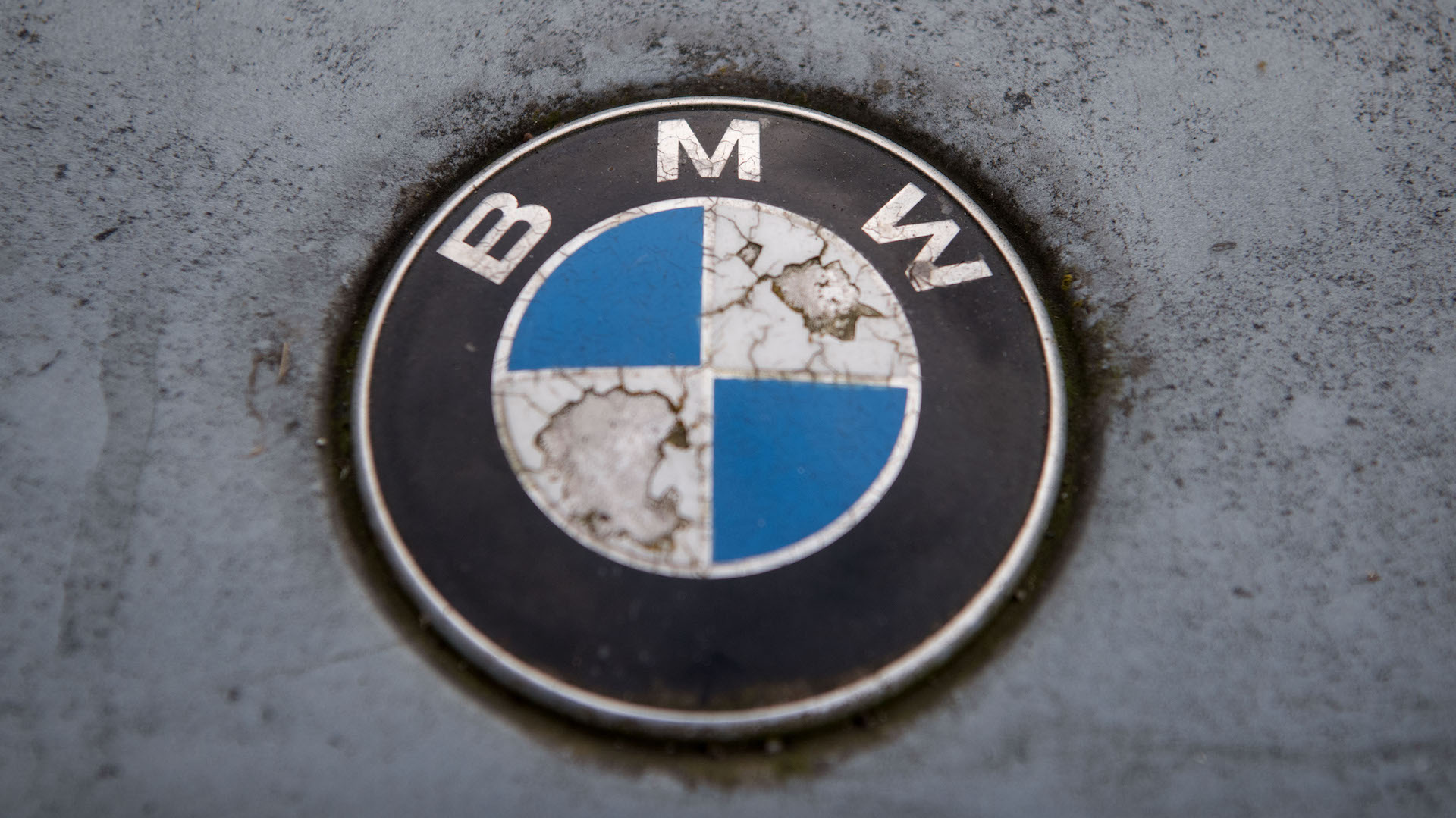

If you thought BMW’s emblem was reminiscent of its days as an airplane manufacturer—you’re wrong. If you thought the logo’s “Roundel” portrayed a spinning airplane propeller—you’re also wrong. Luckily, the Munich-based automaker recently shared a “BMW Explained” column outlining the history of the Roundel and the myths of its provenance.
“Many people believe the BMW logo is a stylized propeller,” Fred Jakobs of BMW Group Classic said in the article. “But the truth is a little different.”
So how did the Roundel come about? Well, according to the historical finding, the company’s iconic blue-and-white inner circular quarters originated as a representation of the State of Bavaria’s official colors. However, the pattern within BMW’s logo displays those colors in an inverted order because back when the logo was first created, the local trademark law of the era banned the use of the state’s coats of arms and other related “symbols of sovereignty” in commercial insignias.

As a result, BMW’s solution was to simply flip the colors to circumvent the trademark law.
BMW first registered as a company on October 5, 1917, with the German Imperial Register of Trademarks after originating as Rapp Motorenwerke GmbH in 1913. Originally, BMW had no emblem, so its creators simply took the former founding company’s original badge, retained its circular form with the outer black ring, and simply replaced the horse head silhouette with the inverted colors of the state and the letters, BMW, for Bayerische Motoren Werke or Bavarian Motor Works.

So where does the common misconception that BMW’s logo is an airplane propeller come from? This ad from 1929:

It surfaced that year as a promotion for the company’s newest aircraft engine they were manufacturing under license for Pratt & Whitney at the time just as the global economic crisis, also known to us as “The Great Depression,” began to set in. This perception simply took off as it was strongly associated with BMW’s origins as an airplane manufacturer. It was since perpetuated a number of times through public media, particularly in 1942 when a similar ad surfaced in a BMW-based publication, “Flugmotoren-Nachrichten” or “Aircraft Engine News.”
“For a long time, BMW made little effort to correct the myth that the BMW badge is a propeller,” Jakobs said.
Furthermore, Jakobs said calling the BMW emblem a depiction of an airplane propeller isn’t totally wrong, but it isn’t 100 percent accurate either. The New York Times published an article in 2010 to dispel the same myth, but for some reason, the myth continues to stick.
“This interpretation has been commonplace for 90 years, so in the meantime, it has acquired a certain justification,” Jakobs continued.
With the company’s official declaration from its in-house periodical, hopefully, the record will be set straight for once and for all.
